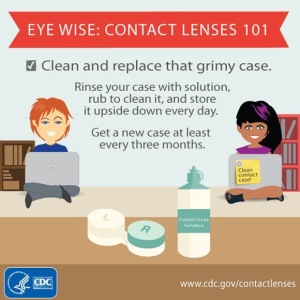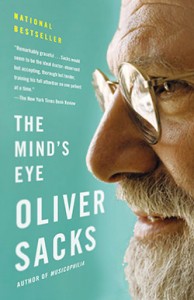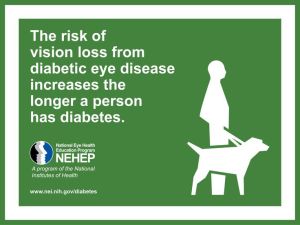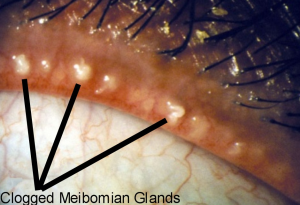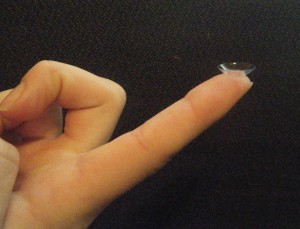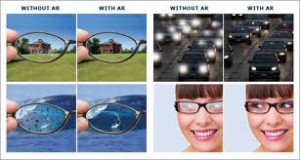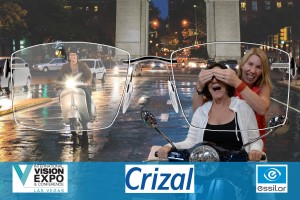Blinking cleans the ocular surface of debris and flushes fresh tears over the ocular surface. Each blink brings nutrients to the eye surface structures keeping them healthy.
Human are meant to blink. Not only are we meant to blink, but we are meant to blink in a particular way and at a particular frequency that ensures the renewal and revitalization of the front surface of the cornea and conjunctiva.
Blinking cleans the ocular surface of debris (dead cells, mucus and the junk that blow in the wind). It rinses fresh tears over the ocular surface. The fresh tears bring nutrients and other substances to the surface structures keeping them healthy. It helps prevent infection and clears and brightens the image received by our retina. Blinking wets the outer eye and in the case of a contact lens wearer, replenishes the tear layer upon which the contact lens floats.
Normally, a blink brings tears from the lacrimal gland which is located above the eyeball and under the brow bone, and sweeps them across the eye surface. Infrequent and incomplete blinks cause the surface of the eye to “dry” between refreshing tears. A few things will cause us to blink less often – staring at a computer for example. The blink rate slows down when reading or concentrating on a task. Paying attention to our blink rate can decrease dry eye and discomfort.
Lid structure and bad habits can prevent us from closing the eye completely with each blink. After an incomplete blink the lower part of the eye is left exposed and without fresh tears. This is called “lagophthalmos.” Some people sleep with the eye partially open causing dessication (dryness) of the lower portion of the cornea. Not only is this uncomfortable, but can cause scarring. Nighttime lubricants and habit changes are often required to prevent complications from lagophthalmos.
Pay attention to how often you blink and how you blink. Make sure your eyelids meet with each blink and that you avoid starring when concentrating on a task.


